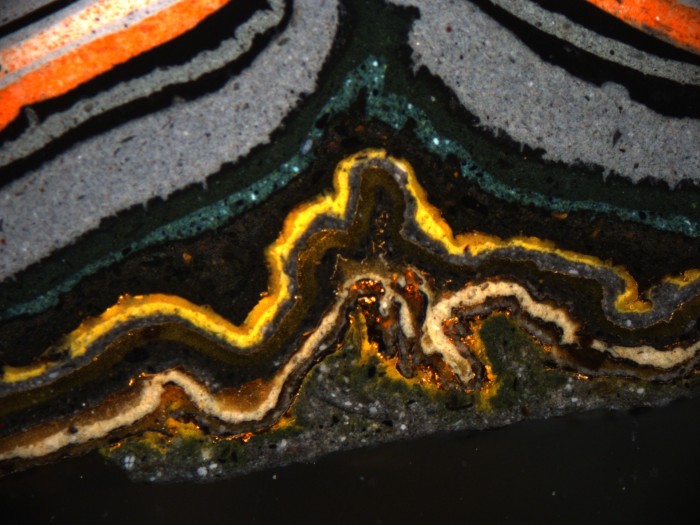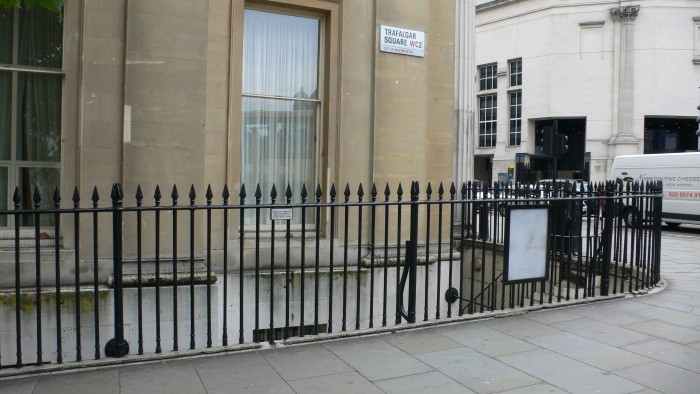Canada House

History
Canada House originally housed the famous gentlemen’s club, the Union Club (South) and the Royal College of Physicians (North). The premises of these two organisations formed one unified architectural entity. The building only obtained its present configuration in 1965 -1967, becoming internally linked when the Royal College of Physicians moved to new premises in Regents Park, and the Canadian Government, which had occupied the southern building since 1923, took over the lease. The building was designed in 1822 by Sir Robert Smirke (1781-1867) in the Greek Revival style and built between 1824 and 1827. Due to cost constraints the street facade of the Union Club was faced in stucco while the facades of the Royal College of Physicians were faced in Bath Stone. The Union Club had many illustrious members such as Prince Frederick, Duke of York (1784-1827) and Arthur Wellesley, Duke of Wellington (1769-1852). While the Union Club was being built the Duke of Wellington was building his own London town house at Hyde Park Corner. It will be useful to review the decoration of his house which has been carefully researched by the Victoria & Albert Museum and English Heritage.
Abstract
The railings bordering the north, east and south elevations of Canada House (originally the premises of the Union Club and the Royal College of Physicians), and the North Door have been decorated more than 25 times since 1828. Paint samples removed from the northern and north-eastern section of the railings (managed by the Royal College of Physicians until 1965) retained a heavy build-up of the applied painted decoration, while samples removed from the south-eastern and southern railings – which were altered c.1925 – retained no evidence of pre- 1925 decorations. These elements had also been heavily stripped during the late 20th century and most samples retained only three or four decorations of black gloss paints. (See Summary Charts). The North Door retained a heavy build-up of early decorative schemes at upper levels.
Railings – Original Decoration – 1828
Examination of the samples bearing traces of early decorations revealed that the railings had originally been decorated in a Mid-green coloured oil paint with the bundles of arrow-heads (which marked the end of each railing panel) picked out in gold-leaf. The shallow moulding on the outer edge of the top horizontal rail was also picked out in gold leaf.(See reconstruction)
Railings – Later decorations
While the railings were redecorated in increasingly darker shades of green oil paint – the gold leaf was carefully retained or renewed. The gilded decoration was renewed four times. At some date, probably in the early 20th century, before the 1924-25 alterations, the gold detailing was obliterated and the railings were painted in dark green without any gilded elaboration. The railings remained dark green until they were decorated in a modern black alkyd resin paint – probably first applied in the 1950s when fast drying alkyd paints became readily available.
Lanterns
The lanterns did not retain any trace of early paint.
North Door – Original Decoration – 1828
The North door was originally grained in imitation of a light oak and varnished. The inset metal grills of the two over-doors were decorated in a mid-green oilpaint.
North Door – Later Decorations
The original grained and green scheme was repeated five times before the door faces and metal grills were painted in a dark green oil paint. In the 1950s the door was once painted in a black modern alkyd resin paint before being repeatedly painted in an off-white/cream alkyd resin paint.

